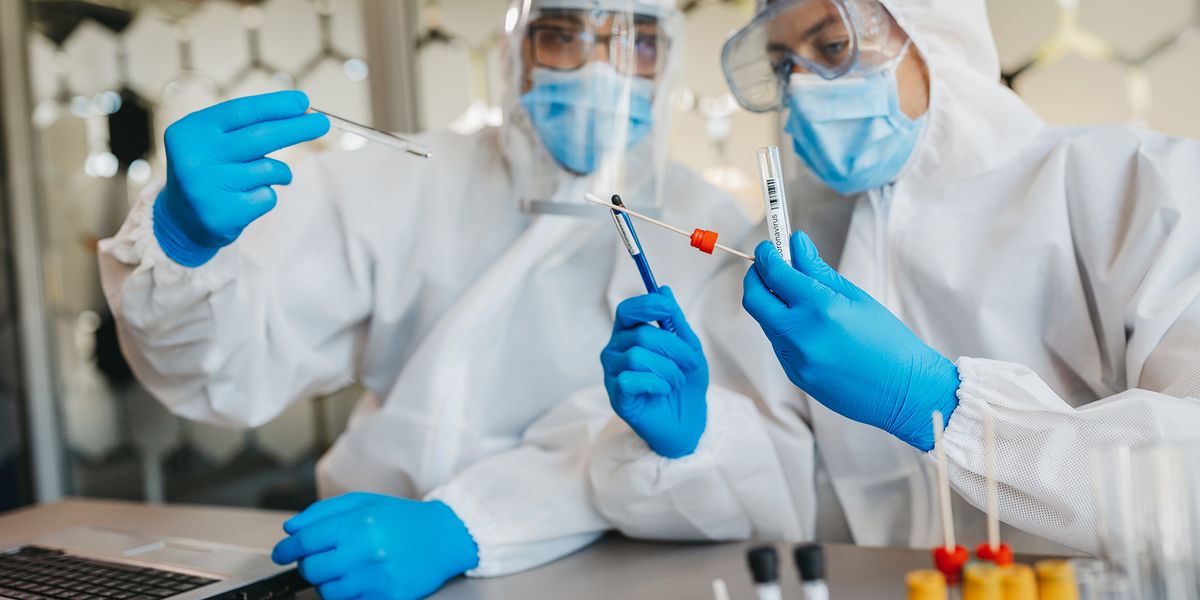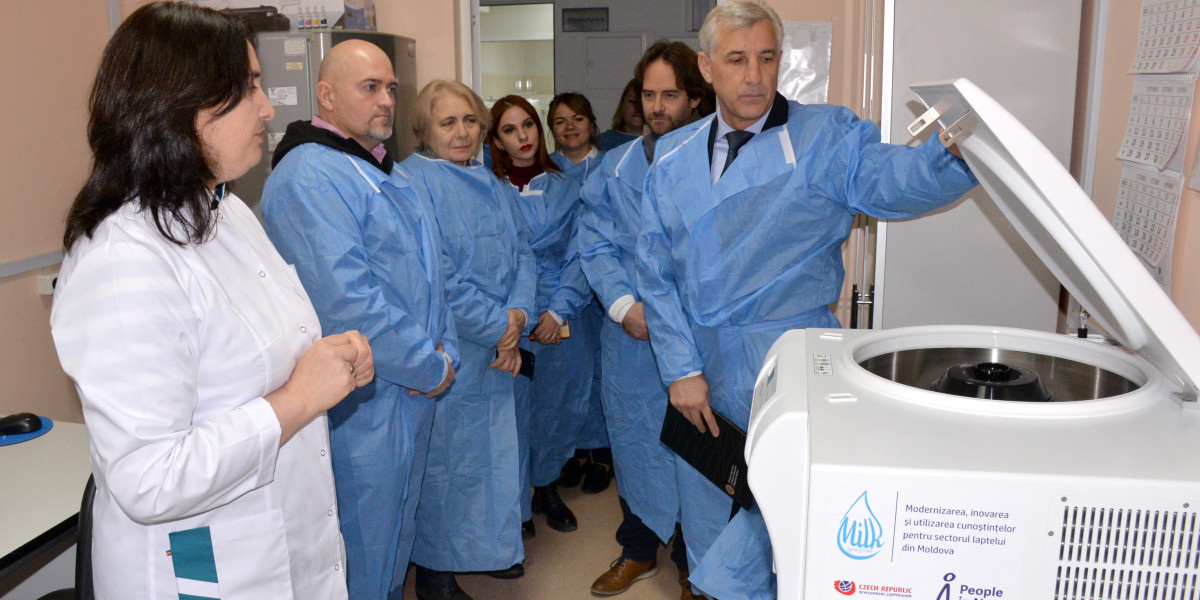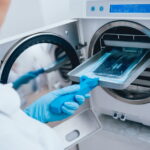Diagnostic equipment plays a pivotal role in modern healthcare by aiding in the accurate and efficient diagnosis of various medical conditions. These advanced tools and technologies enable healthcare professionals to obtain valuable insights into a patient’s health, facilitating timely treatment and improved outcomes. In this article, we will explore the importance of diagnostic equipment in healthcare, the different types of diagnostic equipment available, and their significant contributions to medical diagnostics.
Introduction: The Significance of Diagnostic Equipment
Diagnostic equipment encompasses a wide range of instruments and devices used to assess, monitor, and diagnose medical conditions. These tools are essential in healthcare settings, enabling healthcare professionals to make informed decisions about patient care. Diagnostic equipment aids in the identification of diseases, monitoring of vital signs, evaluation of organ function, and detection of abnormalities.
Basic Diagnostic Equipment
Thermometers
Thermometers are vital tools used to measure body temperature. They are available in various types, including digital, infrared, and tympanic thermometers. Accurate temperature measurement is crucial in detecting fevers, infections, and monitoring the effectiveness of treatments.
Blood Pressure Monitors
Blood pressure monitors are used to measure blood pressure levels, providing critical information about a patient’s cardiovascular health. They come in manual and automated forms, with the latter being more commonly used. Regular blood pressure monitoring aids in the diagnosis and management of hypertension and other cardiovascular conditions.
Stethoscopes
Stethoscopes are iconic symbols of medical professionals. They are used to listen to internal sounds, such as heartbeats and lung sounds, helping in the diagnosis of cardiac and respiratory conditions. Stethoscopes are available in various types, including acoustic and electronic models.
Pulse Oximeters
Pulse oximeters are non-invasive devices used to measure blood oxygen saturation levels and pulse rate. They are often attached to a finger or earlobe and are commonly used in critical care settings, during surgeries, and for monitoring patients with respiratory conditions.
Glucometers
Glucometers, also known as blood glucose meters, are essential for monitoring blood sugar levels in patients with diabetes. These portable devices provide quick and accurate readings, allowing individuals to manage their blood glucose levels effectively.
Imaging Equipment
X-ray Machines
X-ray machines are widely used in medical diagnostics to produce images of bones, organs, and tissues. X-ray imaging aids in the detection of fractures, lung conditions, gastrointestinal issues, and dental problems. X-rays are non-invasive and provide valuable insights into the internal structures of the body.
Magnetic Resonance Imaging (MRI)
Magnetic Resonance Imaging (MRI) scanners use powerful magnets and radio waves to generate detailed images of the body’s organs and tissues. MRI scans are particularly useful in diagnosing neurological conditions, musculoskeletal disorders, and certain types of cancer.
Computed Tomography (CT) Scanners
Computed Tomography (CT) scanners combine X-ray technology with computer processing to create cross-sectional images of the body. CT scans are valuable in detecting and evaluating a wide range of conditions, including tumors, cardiovascular diseases, and internal injuries.
Ultrasound Machines
Ultrasound machines use high-frequency sound waves to produce images of internal structures. They are commonly used in obstetrics to monitor fetal development but also have applications in evaluating abdominal organs, blood vessels, and the heart.

Positron Emission Tomography (PET) Scanners
Positron Emission Tomography (PET) scanners are advanced imaging tools used to visualize metabolic and biochemical processes in the body. They are particularly effective in detecting and staging cancer, assessing brain function, and evaluating cardiac conditions.
Laboratory Analyzers
Hematology Analyzers
Hematology analyzers are used to analyze blood samples and provide information about the cellular components of blood. These instruments aid in the diagnosis and monitoring of various blood-related disorders, including anemia, infections, and leukemia.
Chemistry Analyzers
Chemistry analyzers are designed to analyze blood, urine, and other body fluids to assess organ function, measure chemical components, and detect abnormalities. They are widely used in clinical laboratories for routine testing and disease diagnosis.
Microbiology Analyzers
Microbiology analyzers automate the processing and analysis of microbiological samples, such as cultures and sensitivities. They help identify infectious agents, determine antibiotic susceptibility, and guide appropriate treatment strategies.
Immunology Analyzers
Immunology analyzers are used to measure and analyze immune system-related markers, such as antibodies and antigens. These instruments aid in the diagnosis and management of autoimmune disorders, allergies, and infectious diseases.
Molecular Diagnostic Instruments
Molecular diagnostic instruments enable the detection and analysis of genetic material, such as DNA and RNA. They are crucial in identifying genetic disorders, infectious agents, and cancer biomarkers, contributing to personalized medicine and targeted therapies.
Point-of-Care Testing (POCT) Devices
Blood Glucose Monitors
Blood glucose monitors, commonly used by individuals with diabetes, allow for convenient and frequent monitoring of blood sugar levels. These handheld devices provide instant results, enabling individuals to make immediate decisions regarding insulin dosage and dietary adjustments.
Rapid Diagnostic Tests
Rapid diagnostic tests provide quick results for the detection of infectious diseases, such as influenza, strep throat, and sexually transmitted infections. These tests are simple to administer, provide rapid results, and aid in prompt treatment decisions.
Pregnancy Tests
Pregnancy tests are used to detect the presence of human chorionic gonadotropin (hCG) hormone in a woman’s urine or blood. These tests are highly sensitive and allow for early detection of pregnancy.
Cardiac Markers Tests
Cardiac markers tests measure specific proteins released into the blood when the heart is damaged or under stress. They assist in the diagnosis and management of various cardiovascular conditions, including heart attacks and congestive heart failure.
Coagulation Monitors
Coagulation monitors are used to measure the clotting ability of blood, assisting in the monitoring of anticoagulant therapy, assessing bleeding disorders, and diagnosing conditions such as deep vein thrombosis.
Specialized Diagnostic Equipment
Endoscopes
Endoscopes are flexible or rigid tubes with a light and camera attached, allowing healthcare professionals to visualize and examine internal body cavities and organs. Endoscopic procedures are used in gastroenterology, pulmonology, urology, and other specialties for diagnosis and minimally invasive treatments.
Electrocardiogram (ECG) Machines
Electrocardiogram (ECG) machines record the electrical activity of the heart, providing information about heart rate, rhythm, and potential abnormalities. ECGs are valuable in diagnosing various cardiac conditions, such as arrhythmias and myocardial infarctions.
Spirometers
Spirometers are devices used to measure lung function and capacity. They are essential in diagnosing respiratory conditions, monitoring lung diseases like asthma and chronic obstructive pulmonary disease (COPD), and assessing the effectiveness of treatments.
Audiometers
Audiometers are used to measure hearing ability and diagnose hearing loss. These devices deliver precise sound stimuli and enable audiologists to determine the type and severity of hearing impairment.
Ophthalmoscopes
Ophthalmoscopes allow healthcare professionals to examine the internal structures of the eye, including the retina and optic nerve. They are essential for diagnosing eye conditions, such as glaucoma, macular degeneration, and diabetic retinopathy.
Technological Advancements in Diagnostic Equipment
With advancements in technology, diagnostic equipment continues to evolve, offering improved accuracy, portability, and efficiency. Some notable trends include:
Artificial Intelligence (AI) Integration
Artificial Intelligence (AI) is being integrated into diagnostic equipment to enhance image analysis, automate pattern recognition, and improve diagnostic accuracy. AI algorithms can analyze large datasets and assist healthcare professionals in making more precise and timely diagnoses.
Portable and Handheld Devices
Portable and handheld diagnostic devices are becoming more prevalent, enabling point-of-care testing and remote diagnostics. These compact devices offer convenience and immediate results, allowing for faster decision-making and reduced dependency on centralized laboratories.
Telemedicine Applications
Diagnostic equipment is being integrated with telemedicine platforms, enabling remote consultations and diagnostics. Through telemedicine, healthcare providers can remotely assess patients, review diagnostic results, and provide medical advice, expanding access to healthcare services.
Wearable Diagnostic Devices
Wearable diagnostic devices, such as smartwatches and fitness trackers, are incorporating health monitoring features. These devices can track vital signs, measure activity levels, and provide real-time health data, promoting preventive healthcare and early detection of abnormalities.
Nanotechnology in Diagnostics
Nanotechnology is revolutionizing diagnostic equipment by enabling the development of highly sensitive and efficient diagnostic tools. Nanosensors and nanomaterials enhance the detection of biomarkers, improve imaging resolution, and enable early disease detection.
Conclusion
Diagnostic equipment plays a vital role in modern healthcare, revolutionizing medical diagnostics and patient care. From basic instruments to sophisticated imaging machines and laboratory analyzers, these tools provide essential information for accurate diagnosis and effective treatment. Technological advancements continue to enhance diagnostic equipment, offering improved accuracy, efficiency, and portability. The future of diagnostic equipment holds immense potential in transforming healthcare delivery and improving patient outcomes.
FAQs
- What is the role of diagnostic equipment in early disease detection?Ans. Diagnostic equipment allows for the early detection of diseases by providing valuable insights into the patient’s health, enabling prompt intervention and treatment.
- How has imaging equipment transformed medical diagnostics?Ans. Imaging equipment, such as X-ray machines, MRI scanners, and ultrasound machines, has revolutionized medical diagnostics by providing detailed images of internal structures, aiding in the detection and diagnosis of various conditions.
- Are point-of-care testing devices reliable?Ans. Point-of-care testing devices have undergone significant advancements and are now highly reliable, providing accurate results in a timely manner. However, proper usage and adherence to instructions are crucial for optimal performance.
- What are some recent advancements in diagnostic equipment?Ans. Recent advancements in diagnostic equipment include the integration of artificial intelligence, the development of portable and handheld devices, telemedicine applications, wearable diagnostic devices, and the use of nanotechnology for improved diagnostics.
- How can healthcare facilities ensure the quality and accuracy of diagnostic equipment?Ans. Healthcare facilities should prioritize the selection of reputable and certified manufacturers and suppliers for diagnostic equipment. Regular calibration, maintenance, and adherence to quality control protocols are essential to ensure accurate and reliable performance.


